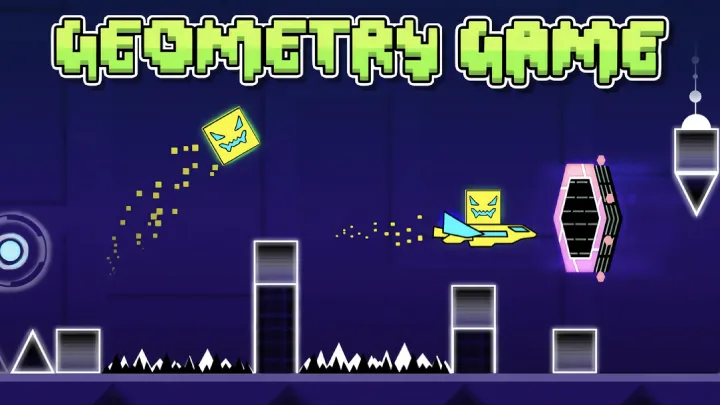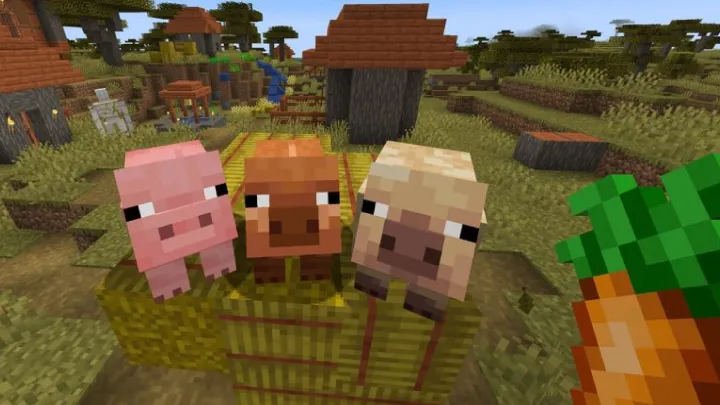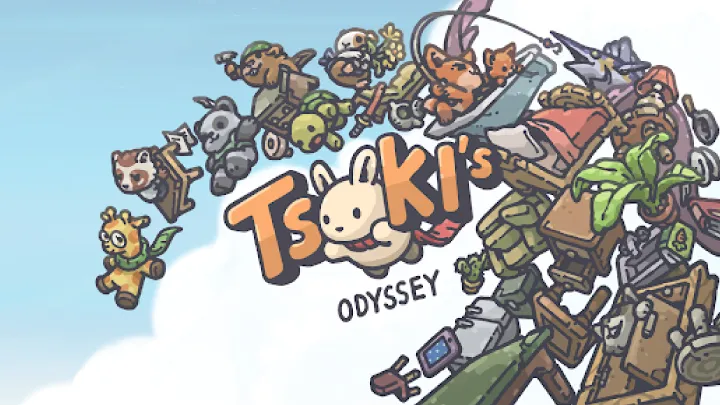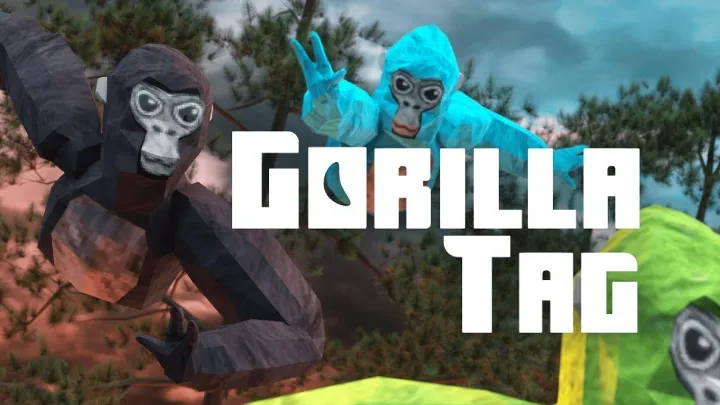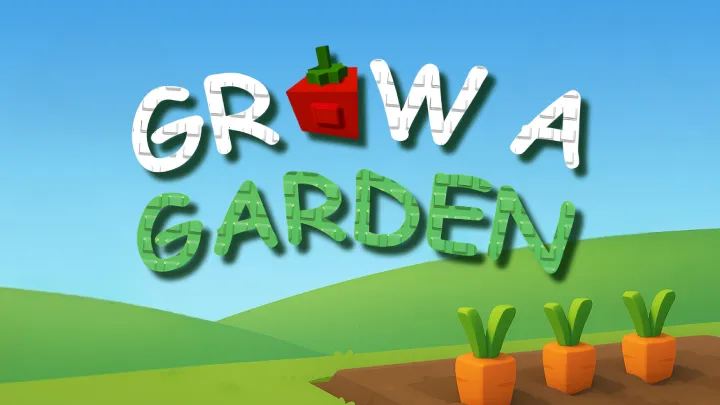Science is no longer confined to laboratories, research institutes, or universities. In today’s digital age, citizen science—where ordinary people actively participate in real research—has become one of the most exciting ways to engage with the world. Thanks to smartphones, apps now allow anyone to collect data, track patterns, and contribute to discoveries in fields ranging from astronomy and biology to climate science and environmental conservation.
This article explores the best apps for citizen science projects in 2025. These platforms empower individuals to be part of groundbreaking studies, contribute valuable data, and learn while making a difference. Whether you’re a nature enthusiast, stargazer, or simply curious about science, these apps prove that anyone can become a scientist in their own right.
1. Why Citizen Science Matters in the Digital Age
Citizen science bridges the gap between professional researchers and the general public. Scientists benefit from massive data collection across geographies, while volunteers gain an interactive, hands-on learning experience.
Benefits of Citizen Science
- Scalable Data Collection: With millions of people using apps, projects collect far more information than scientists alone could.
- Educational Impact: Participants learn about ecosystems, astronomy, climate change, and more.
- Global Collaboration: Citizen science fosters a sense of community and shared responsibility for the planet.
- Policy Influence: Data gathered by citizen scientists often informs environmental laws, climate policies, and conservation strategies.
Thanks to mobile technology, this movement has gone mainstream. All you need is a phone, curiosity, and the right app.
2. iNaturalist – A Hub for Nature Exploration
When it comes to biodiversity and wildlife observation, iNaturalist is one of the most popular and impactful citizen science apps.
Key Features
- Upload photos of plants, insects, or animals, and AI + community experts help identify them.
- Contribute observations to a global biodiversity database.
- Connect with millions of nature enthusiasts worldwide.
- Join projects focused on local wildlife monitoring or global conservation efforts.
Why It Stands Out
iNaturalist transforms everyday walks into opportunities for discovery. Each observation adds to scientific knowledge about species distribution and environmental health. Researchers worldwide use iNaturalist data to track biodiversity trends and inform conservation actions.
If you’ve ever spotted a bird or flower and wondered, “What is this?”—iNaturalist is your go-to companion.
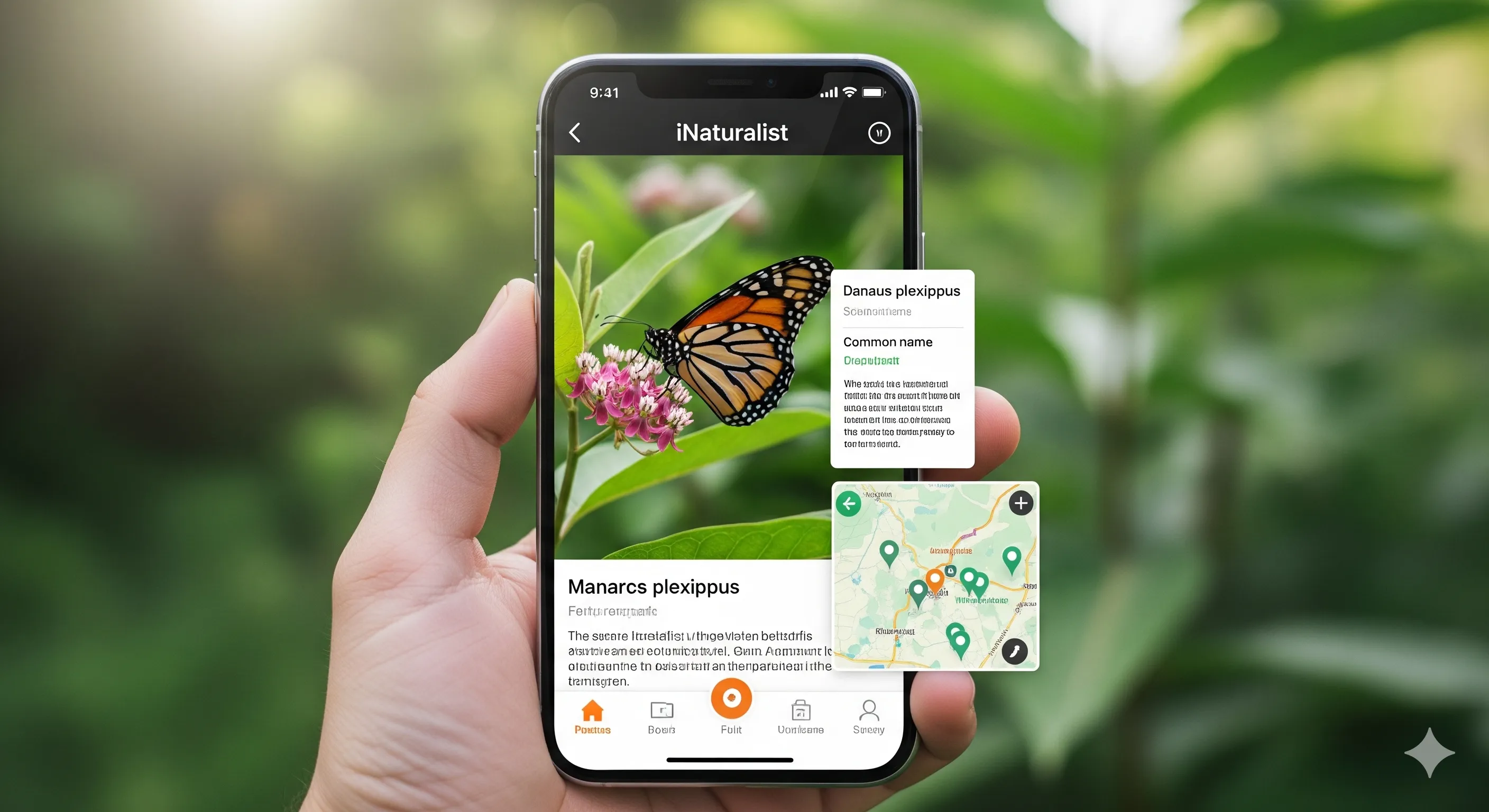
3. Zooniverse – Crowdsourcing Science at Scale
Zooniverse takes citizen science beyond the outdoors. It’s a platform where users help researchers analyze massive datasets.
Key Features
- Participate in projects across astronomy, history, medicine, and climate science.
- Classify galaxies, transcribe historical documents, or help detect animals from camera trap photos.
- Gamified tasks make contributions fun and addictive.
Why It Stands Out
Zooniverse empowers anyone, regardless of scientific background, to contribute to groundbreaking discoveries. For example, volunteers have helped classify star systems, document endangered species, and even uncover ancient texts.
With Zooniverse, you don’t need field equipment—just curiosity and an internet connection.
4. Globe Observer – NASA’s Window Into Earth
Developed by NASA, Globe Observer allows citizen scientists to contribute to Earth monitoring projects.
Key Features
- Track and report cloud formations, mosquito habitats, and land cover changes.
- Contribute to NASA’s climate and environmental research.
- Simple data collection tools that anyone can use.
Why It Stands Out
Your observations directly assist NASA scientists in understanding climate change, natural disasters, and environmental health. For instance, cloud reports help improve satellite data accuracy.
Globe Observer is perfect for anyone interested in contributing to space and Earth science from their own backyard.
5. eBird – Tracking Birds, One Sighting at a Time
Birdwatchers have been contributing to science for decades, and eBird has digitized that tradition beautifully.
Key Features
- Record bird sightings with photos, locations, and time stamps.
- Access real-time maps of bird distribution worldwide.
- Join a global community of bird enthusiasts.
Why It Stands Out
eBird, managed by the Cornell Lab of Ornithology, is one of the largest biodiversity-related science projects in existence. Bird data from citizen scientists help track migration patterns, population declines, and environmental threats.
If you love birds, eBird turns your hobby into a meaningful contribution to global conservation.
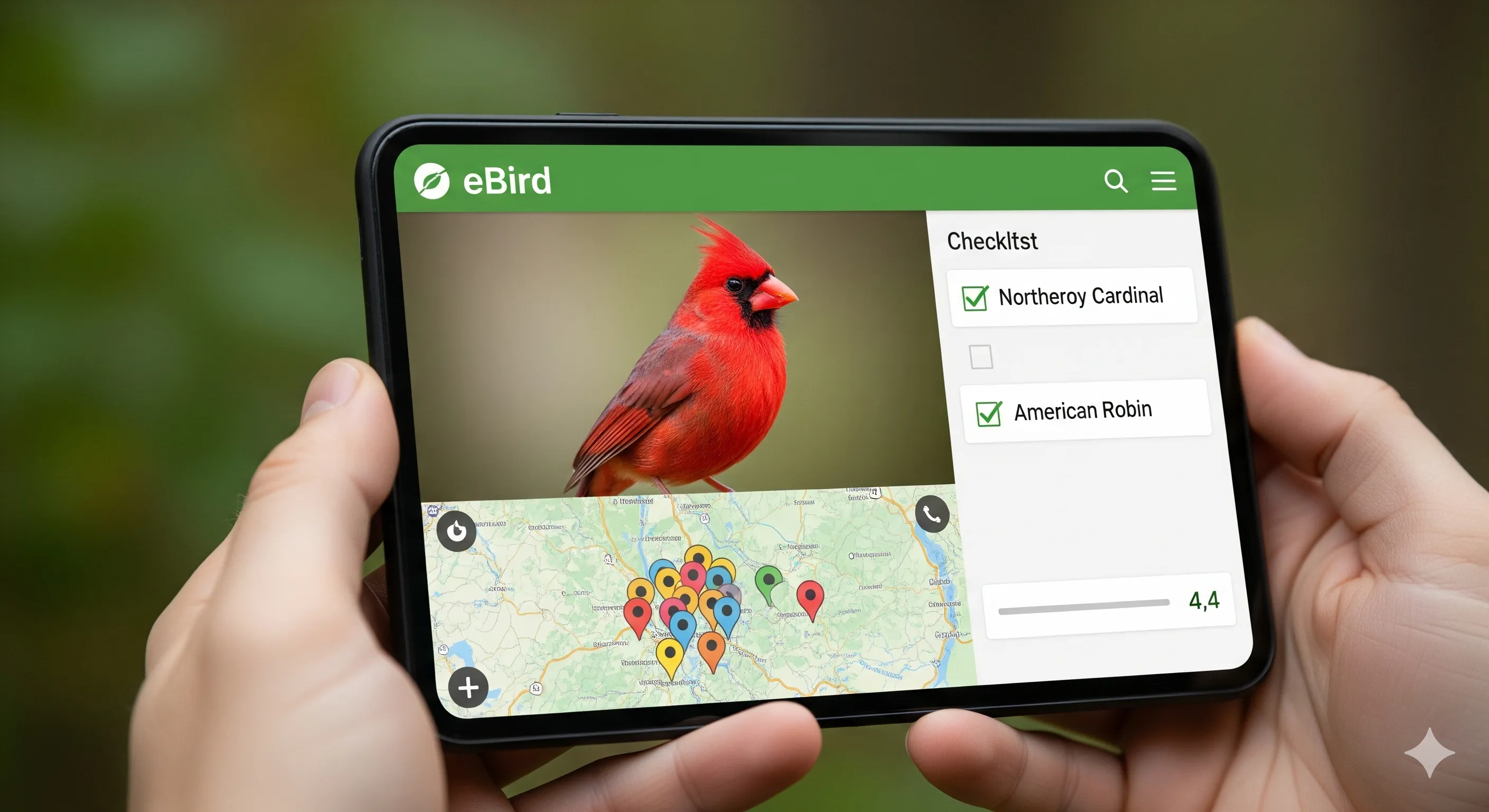
6. Globe at Night – Fighting Light Pollution
Astronomy lovers will appreciate Globe at Night, an app focused on raising awareness about light pollution.
Key Features
- Measure and report night sky visibility by comparing what you see with app-provided star charts.
- Contribute data that helps scientists map global light pollution.
- Promote advocacy for darker skies and better environmental practices.
Why It Stands Out
Light pollution affects not only stargazing but also wildlife behavior and human health. Citizen contributions help scientists push for sustainable lighting policies.
Globe at Night makes stargazing meaningful—you’re not just admiring the stars, you’re helping preserve them.
7. SciStarter – Your Gateway to Citizen Science
SciStarter is more of a hub than a single project. It connects users with thousands of citizen science projects worldwide.
Key Features
- Browse projects by topic: astronomy, environment, medicine, history, and more.
- Track your contributions across multiple apps and projects.
- Get matched with local initiatives near you.
Why It Stands Out
SciStarter is perfect for beginners. If you don’t know where to start, this platform gives you a personalized entry point into the citizen science world. It ensures there’s always a project aligned with your interests, skills, and available time.
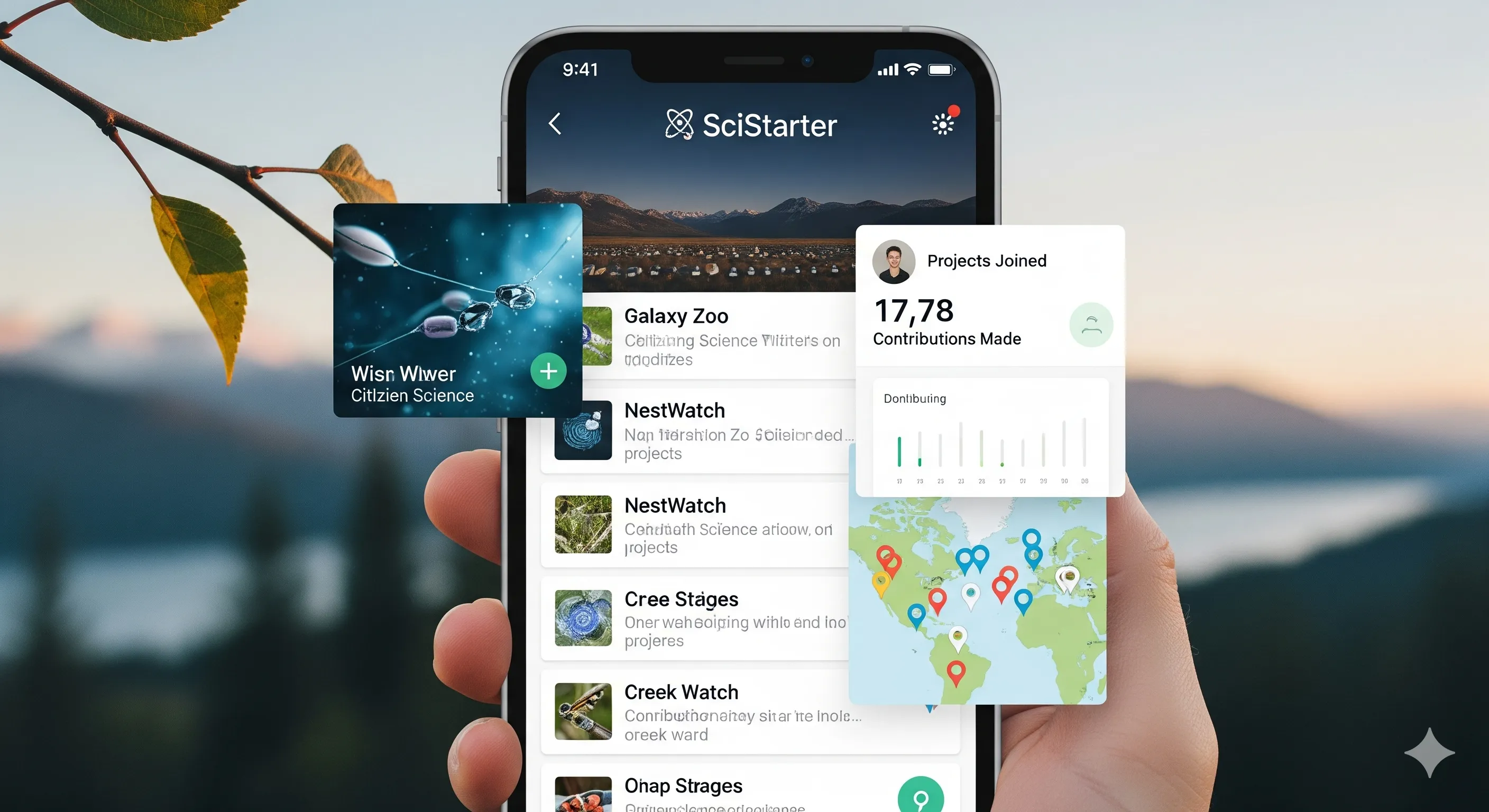
Tips for Getting the Most Out of Citizen Science Apps
Participating in citizen science can be both fun and impactful. Here’s how to maximize your contributions:
- Be Consistent: Regular data entries (e.g., logging birds daily in eBird) increase reliability.
- Learn the Basics: A little knowledge about species or constellations helps improve accuracy.
- Engage with Communities: Most apps have forums or groups—join them to learn and share.
- Stay Ethical: Respect nature when collecting observations; don’t disturb wildlife for a better photo.
- Explore Globally: Try multiple apps to engage in diverse projects, from astronomy to ecology.
The Future of Citizen Science Apps
The next decade promises even greater innovation. Artificial intelligence, machine learning, and augmented reality will enhance data accuracy and user experience. Imagine:
- AR overlays showing plant species in real time.
- AI-driven feedback improving your data quality instantly.
- Global integration where multiple apps share data for cross-disciplinary studies.
Citizen science is not just about research—it’s about building a culture of shared responsibility for the planet. With apps, science becomes participatory, engaging, and global.
Conclusion
Citizen science apps have revolutionized how we interact with research. Tools like iNaturalist, Zooniverse, Globe Observer, eBird, Globe at Night, and SciStarter prove that scientific discovery is no longer limited to professionals.
Whether you’re cataloging wildlife, mapping stars, or helping analyze historical archives, your contributions matter. By downloading these apps, you’re not just learning—you’re actively shaping the future of science.
In 2025 and beyond, citizen science will only grow stronger, proving that curiosity, combined with technology, can drive global change. Science is now in everyone’s hands—literally.









